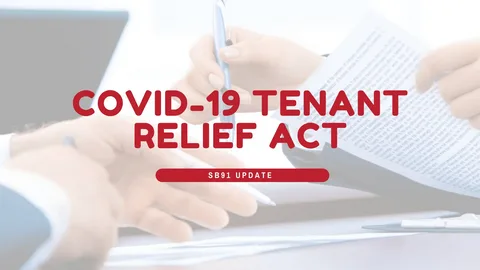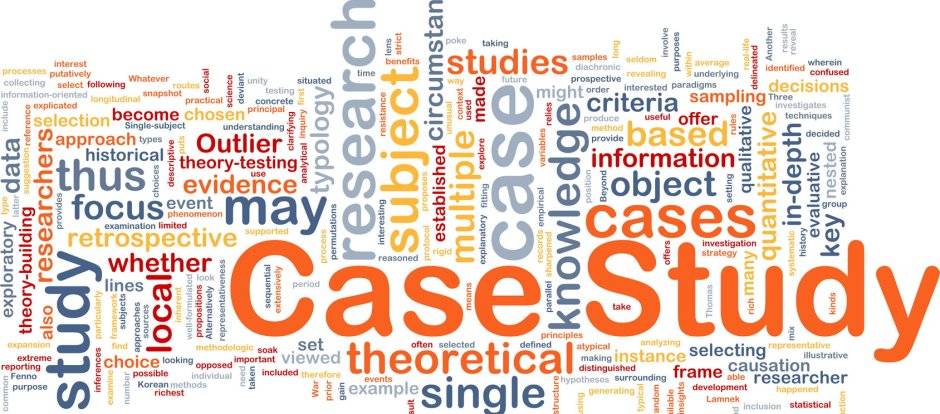When philanthropy and government stepping up funding during COVID-19 should have meant help for those most in need, too often the dollars were diverted—or delivered through systems that failed to deliver.
Case Study 1: Feeding Our Future – When Emergency Aid Became Fraud
The Background Feeding Our Future was a nonprofit in Minnesota claiming to distribute school meals to children during the pandemic. It received substantial state grants based on inflated claims.
What Went Wrong
- Despite listing 299 “meal sites” and claiming to serve 90 million meals, in reality, some locations served only about 40 meals per day Wikipedia.
- Federal investigators later found that only about 3% of funds were spent on food; the rest was pocketed by conspirators Wikipedia.
- By early 2025, 73 individuals had been indicted in the scheme; dozens pled guilty Wikipedia.
The Impact Funds meant for hungry children never made it to them—raising urgent questions about oversight and accountability during crises.
Case Study 2: Mississippi Welfare Funds Misused by Nonprofits
The Background Mississippi used TANF (Temporary Assistance for Needy Families) federal funds intended for low-income families, passed through nonprofits.
What Went Wrong
- A state audit flagged $94 million in questionable spending in 2020, with large sums funneled through two nonprofits tied to well-known figures, including former athletes Wikipedia.
- Funds were used for projects like a volleyball stadium, drug companies, and ranches—none of which benefited the intended recipients Wikipedia.
The Impact Families in need lost critical support, while public funding was diverted into schemes, undermining the very purpose of safety-net programs.
Broader Pattern: Service Disruption Despite Funding
- In Pontiac, Michigan, COVID-19 disrupted nonprofits’ ability to deliver services. Community-based organizations experienced declining volunteers and donations just as needs spiked collaborations.miami.edu.
- Nationally, nonprofits serving disadvantaged communities reported disproportionately severe impacts, even as pandemic aid flowed—revealing gaps between funding and real-world delivery The Center for Effective Philanthropy.
Why the Disconnect?
- Insufficient Oversight & Urgency
Emergency conditions bypassed many standard checks and balances, increasing the risk of misallocation. - Lack of Outcome-Based Accountability
Funders prioritized speed over verification. Without outcome tracking, success could be claimed on paper—even when not delivered in practice. - Entrenched System Weaknesses
Underfunded data systems, staffing, and governance made it difficult to rapidly scale aid with both speed and integrity.
Lessons & Recommendations
- Build verification into emergency funding, even under pressure—use independent audits, outcome tracking, and post-distribution surveys.
- Link funding to real-world checks, not mere certifications or program counts.
- Strengthen nonprofit infrastructure, especially in data management, finance controls, and board governance—so systems hold up under stress.
- Engage communities directly, including via channels that aren’t intermediated, to reduce leakage of aid.
References
- Feeding Our Future fraud exposed: $250M in pandemic aid, nearly zero delivered to students, 73 indicted Wikipedia.
- Mississippi’s TANF misallocation scandal totals $94M in misuse via nonprofits Wikipedia.
- In Pontiac, MI, nonprofits saw resource drops and service disruptions during COVID-19 collaborations.miami.edu.
- Across the U.S., nonprofits serving disadvantaged communities experienced especially severe pandemic impacts despite funding injections The Center for Effective Philanthropy.
Final Thought
Blog 9 underscores a painful truth: in crises, even well-intentioned funding can fail if it doesn’t reach the right hands. These stories—of fraud, mismanagement, and system failure—point to a single imperative: accountability must never be sacrificed in the name of speed, especially when communities are most vulnerable.



